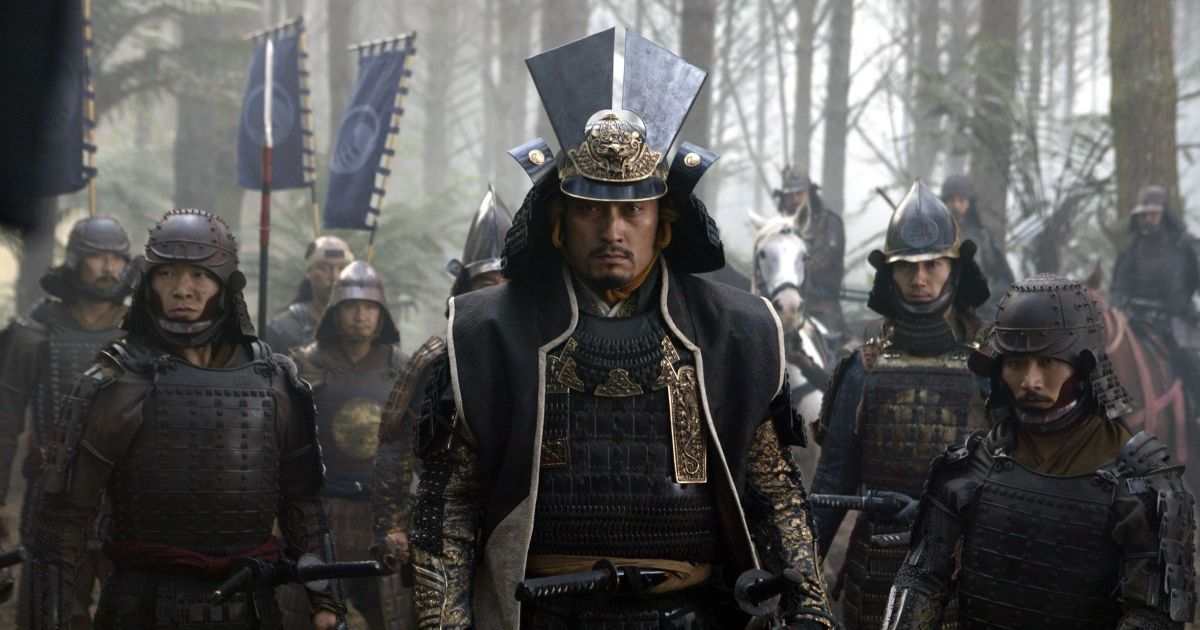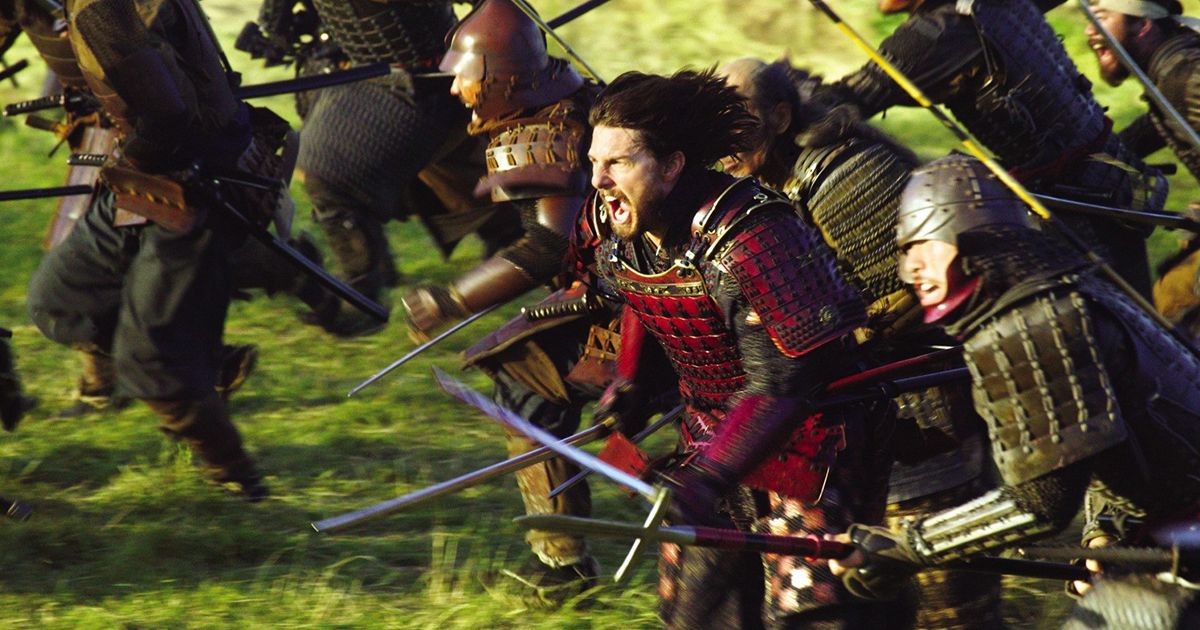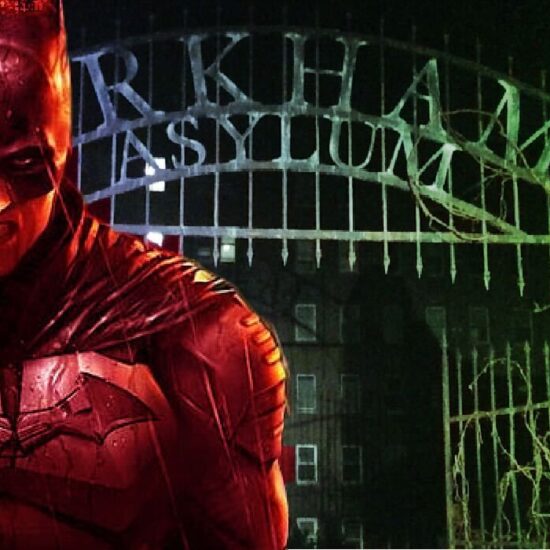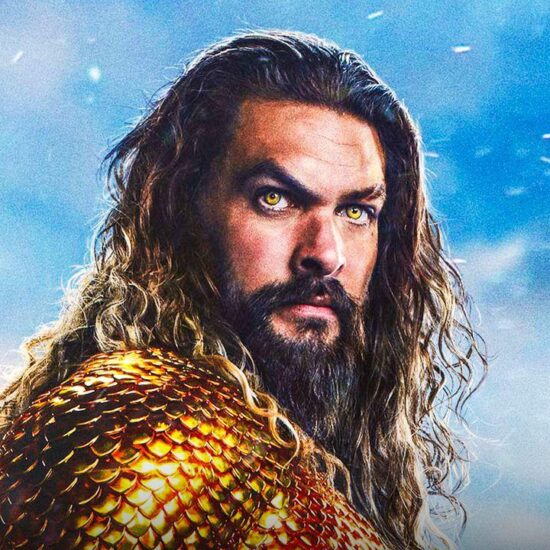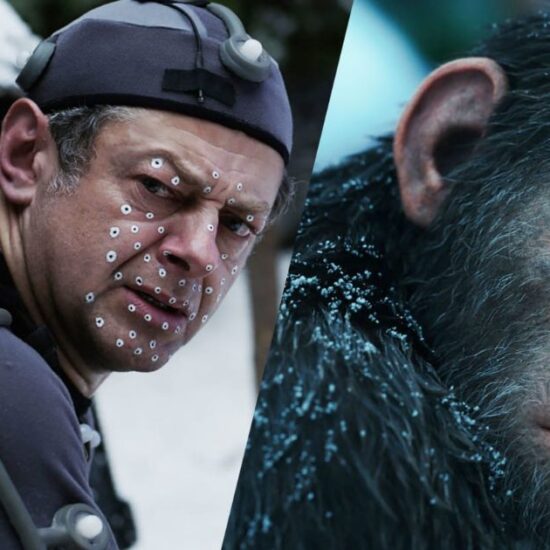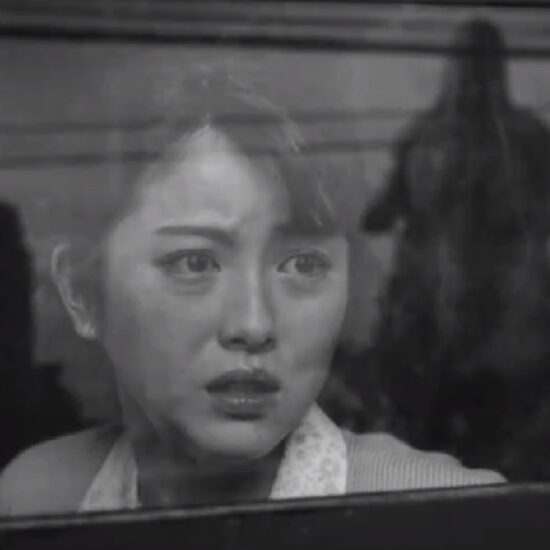
Culture clashes are common, but as is often the case, some arise not out of cultural superiority as much as plain old, patronizing ignorance. Or good ol’ fashioned clickbait. Replete with a cast boasting the likes of Tom Cruise, Ken Watanabe, and Timothy Spall, The Last Samurai was a somber attempt to depict post-Edo Japanese history in the traditional template of the Hollywood epic. The results vary greatly depending on whom you ask.
However, no matter what approach the film chose, director Edward Zwick was treading on sensitive ground, setting up one of the first public debates about cultural appropriation. Casting a white actor in a film about Japan, The Last Samurai attracted negative press for perceived racial insensitivity. Did it deserve it? Based on recent assessment, it is horribly racist and an insult to Japanese culture and its people. Western social critics taking umbrage at the nerve of Americans making a film from the perspective of an American in Japan, regardless of the historical fact that it is loosely based on a real military advisor. Not that it didn’t have some problems. Epic films, by their nature, can be long and talky. But those nitpicks amounted to the standard liberties that films must make to shove years of complex social events, personalities, and battles into a digestible package to recoup the budget.
Yet, in a not all that surprising twist, the American critics had a culturally narrow and decidedly-ignorant understanding of Japanese culture and sensibilities. The Japanese had their own observations, feelings that were completely ignored in the West. The twin controversies rarely overlapped in discourse.
The Western Perspective
The Last Samurai fell into the oldest trap of Western filmmakers trying to make sense of Japanese history. A history that has evolved greatly over the centuries, and is not monolithic. Zwick tried to capture the nuance, and did a somewhat decent job showing the influx of Western military advisors and trainers who flocked the country to serve on both sides of the conflict, but did not fully understand the complexities of the politics of the Meiji Restoration, which was more about deifying the Emperor rather than the Buddha.
To many reviewers in Europe or the US, or at least those deemed credible to show up on the Rotten Tomatoes website, it was nothing but a story of a “white guy savior to the heathen natives,” a film full which exploits the “noble savage” stereotype, in which the hero “embraces the peaceful, noble ways of a foreign culture.” The late comedian Paul Mooney was more blunt in his opinion (this clip definitely not safe for work), but he echoes the same exact viewpoint. And today, whether in America or Europe, this is pretty much the majority opinion concerning the film.
The Japanese Perspective
Nobody would be more surprised by the accusations of racism than the Japanese, if they bothered to notice the squawking at all. This is where things become especially awkward, because they didn’t get the memo that they were depicted as “savages.” Critics in Japan expressed satisfaction with the portrayal of Japanese history, with one writer making the case (via New York Times): ”With his pursuit of realism director Edward Zwick seeks to surmount the misunderstandings and biases made by Westerners in the past.” We think they were talking about the John Belushi character on SNL, but to Belushi’s credit, there were certainly far more offensive Asian characters littered about American media.
Opinions differed, though most Japanese seemed to agree it was a perfectly fine film, without racist overtones. Reviewers typically displayed appreciation of outside cultures showing Japanese as fully flesh-out heroes with a dynamic history little explored by Hollywood or Europe, flattered by the attention a major Hollywood actor would show to their nation.
Rather than recoiling at the dreaded white savior cliché, Japanese viewers viewed the film through a broader, philosophical lens devoid of western narratives or baggage. The film’s lone scandal in Japan was over Zwick’s glorifying the militarism of the olden days, aka the “bushido” tradition, a tradition which is not actually that ingrained in Japanese society, nor that ancient. This remains a very sensitive topic in Japan, but is not well understood in the outside world, at least at the time of this film’s production. Zwick wasn’t the only one confused. Protesters in the West were stuck between a rock and a hard place, offended personally, while simultaneously realizing that the consensus Japanese sentiment was that it repected their culture, enamored with Cruise.
Outrage by Proxy
Being offended on behalf of a group of people and speaking for them, is, in itself, incredibly condescending and serves no purpose but to muddy discourse. That’s what you do to children. We’re sure the President of Japan would have changed his mind about the movie if only he had been issued the stern trigger warning that Western audiences now receive. Looking back on the film in the modern era, Ken Watanabe still insists, “I just thought we had the opportunity to depict Japan in a way that we were never able to before. So we thought we were making something special.” Adding that it showed stories about Asians and Asian history could be bankable for foreign studios and distributors. His assessment is fairly accurate, seeing how Parasite won the Oscar a couple of years back.
Watanabe had good reason to like the film, he got an Oscar nod out of it, and it launched his international career. But that only goes to prove his point that the film was, overall, a good thing for Japan and Japanese actors.
Still more perplexing, very few critics in America or Europe who expressed this disgust over the “white savior” cliche had bothered to ever speak to any Japanese filmgoers or consult critical analysis from overseas for context. Sure, there’s no shortage of similarly-themed films, and much more intriguing and more historically-accurate depictions of Japan history if you look, but the pearl clutching over Edward Zwick’s saga now looks absurdly overblown. If there’s any lesson to be extracted, it is to listen to other cultures’ input before smothering them in a paternalistic embrace.







